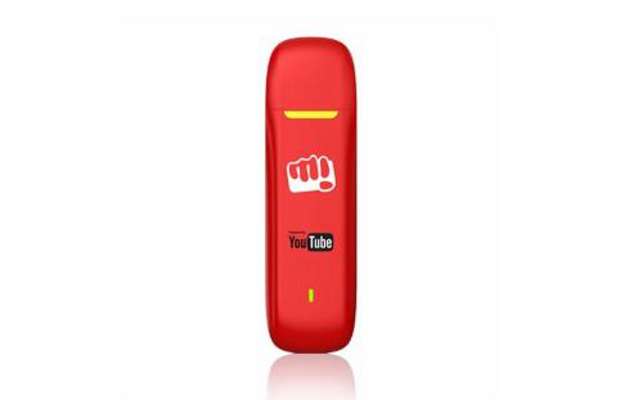Everybody seems to be sharing video these days — at
higher resolutions than ever. This always-increasing demand has helped
expand growth and adoption of Intel’s Thunderbolt™ technology in 2013,
especially for the video editors creating the best and richest content.
Originally brought to market in conjunction with Apple*, Thunderbolt is
now a standard feature of Mac* computers sold in the market today. The
last year has also seen the PC industry get on board in earnest, as
Thunderbolt is currently included on over 30 PCs and motherboards
worldwide, including on more than a dozen new 4th generation
Intel® Core™ processor-based products. In addition, there are more than
80 Thunderbolt-enabled peripheral devices, covering everything from
storage drives, expansion docks, displays, and a myriad of media capture
and creation hardware. More than 220 companies worldwide are
developing Thunderbolt-enabled products, and that’s only going to
increase.

At the video geekfest National Association of Broadcasters (NAB) show
in April, Intel announced plans for an important advancement in
Thunderbolt technology – the upcoming controller codenamed “Falcon
Ridge” running at 20Gbs, a doubling of the bandwidth over the original
Thunderbolt. Named “Thunderbolt™ 2”, this
next generation of the technology enables 4K video file transfer and
display simultaneously – that’s a lot of eye-popping video and data
capability. It is achieved by combining the two previously independent
10Gbs channels into one 20Gbs bi-directional channel that supports data
and/or display. Current versions of Thunderbolt, although faster than
other PC I/O technologies on the market today, are limited to an
individual 10Gbs channel each for both data and display, less than the
required bandwidth for 4K video transfer. Also, the addition of
DisplayPort 1.2 support in Thunderbolt 2 enables video streaming to a
single 4K video monitor or dual QHD monitors. All of this is made
possible with full backward compatibility to the same cables and
connectors used with today’s Thunderbolt. The result is great news for
an industry on the cusp of widespread adoption of 4K video technologies.
“By combining 20Gbs bandwidth with DisplayPort 1.2 support,
Thunderbolt 2 creates an entirely new way of thinking about 4K
workflows, specifically the ability to support raw 4K video transfer and
data delivery concurrently,” says Jason Ziller, Marketing Director for
Thunderbolt at Intel. “And our labs aren’t stopping there, as demand for
video and rich data transfer just continues to rise exponentially.”
Professionals and enthusiasts alike will be able to create, edit, and
view live 4K video streams delivered from a computer to a monitor over a
single cable, while backing up the same file on an external drive, or
series of drives, simultaneously along the same device daisy-chain.
Backing up terabytes of data will be a question of minutes, not hours.
And finally, since Thunderbolt 2 is backwards compatible, original
investments in cables and connectors continue to pay off while
supporting dramatically improved performance. Thunderbolt 2 is
currently slated to begin production before the end of this year, and
ramp into 2014.
But don’t take just our word for it. LaCie* is making some of the
coolest Thunderbolt products out there. “Thunderbolt has been a game
changer for power users and especially the content creation industry to
accelerate their workflow,” says Erwan Girard, Business Unit Manager at
LaCie. “LaCie is excited to see the Thunderbolt 2 speed advancements and
DP 1.2 connectivity, which will allow us to develop new unprecedented
capabilities for high performance external storage. Imagine an artist
working from virtually anywhere with just a laptop and a LaCie Little
Big Disk storage drive in a backpack.”
Blackmagic Design* also delivers some of the most sought-after video
hardware on the market. “Thunderbolt 2 is going to change the game all
over again,” says Grant Petty, CEO Blackmagic Design. “It will give us
the ability to support higher image fidelity which will enable our
customers to create even more beautiful images. We could only dream
about this a few years ago and now it’s here.”
We are excited about what the rest of 2013 and next year brings for Thunderbolt. Your video is looking better than ever!
*Other names and brands may be claimed as the property of others.
Thunderbolt is a trademark of Intel in the US and other countries.










